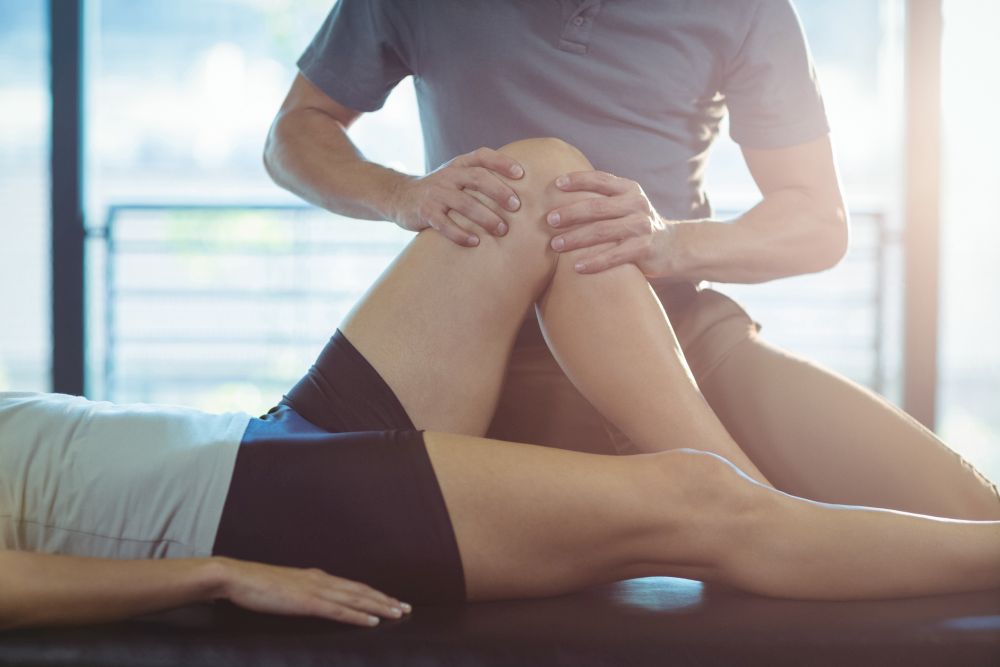Three questions your massage therapist wants you to answer before coming to your appointment
Do you have the answers to these questions before going to your appointment? One registered massage therapist explains why these answers are pertinent


By Adam Harris
I’m a registered massage therapist (RMT) and an avid ultra runner. Let me tell you, one of the number one things that I struggle with on the job is having clients who cannot quite articulate their pain or injury. Sure, someone may be able to point generally to the spot where it hurts showing my by, say, probing their calf muscle, but oftentimes they cannot clearly say how it started or what aggravates it. Sound like you? Know that by getting the details right, your massage therapist will be better able to narrow the search of what’s driving the injury. Plus, patients themselves will end up with a better understanding of the progress being made in these sessions. So what should runners think about before showing up to their appointments?
RELATED: Three things your trainer wants you to do after sitting all day
When did the pain start?
Take note of when you started feeling the injury. If you’re one of the many runners who are often battling a number of nagging musculoskeletal injuries at any time, pinpoint when new pains or changes in intensity took place. For example, did something change after your last long run? Did your concerns follow an injury like an ankle sprain? It’s important to let your massage therapist know this because all too often, the muscular pain that we feel is a result of compensating for other injuries further up or down the kinetic chain.
Which movements make it worse?
Your massage therapist is going to want to know which movements cause the flare-up. When in the run does it start to hurt? Does running uphill, downhill or moving laterally make things worse? You’re also going to want to make a note of when the injury feels the worst – at the start of the run, during a certain time interval or only afterwards?
Where exactly does it hurt?
Finally, take note of where the pain is – specifically. A good way to pinpoint a leg injury is to press on the sore muscle while rotating the leg or bringing the toes up and down. Being able to identify the exact location of this running-related nuisance will help your RMT target the specific muscle fibres and form a clear hypothesis as to why the muscle has become aggravated in the first place.
Adam Harris is a registered massage therapist working in Burnaby and North Vancouver. He competes is ultra-marathons ranging from 50 kilometres to 100 miles throughout Canada and the United States.


